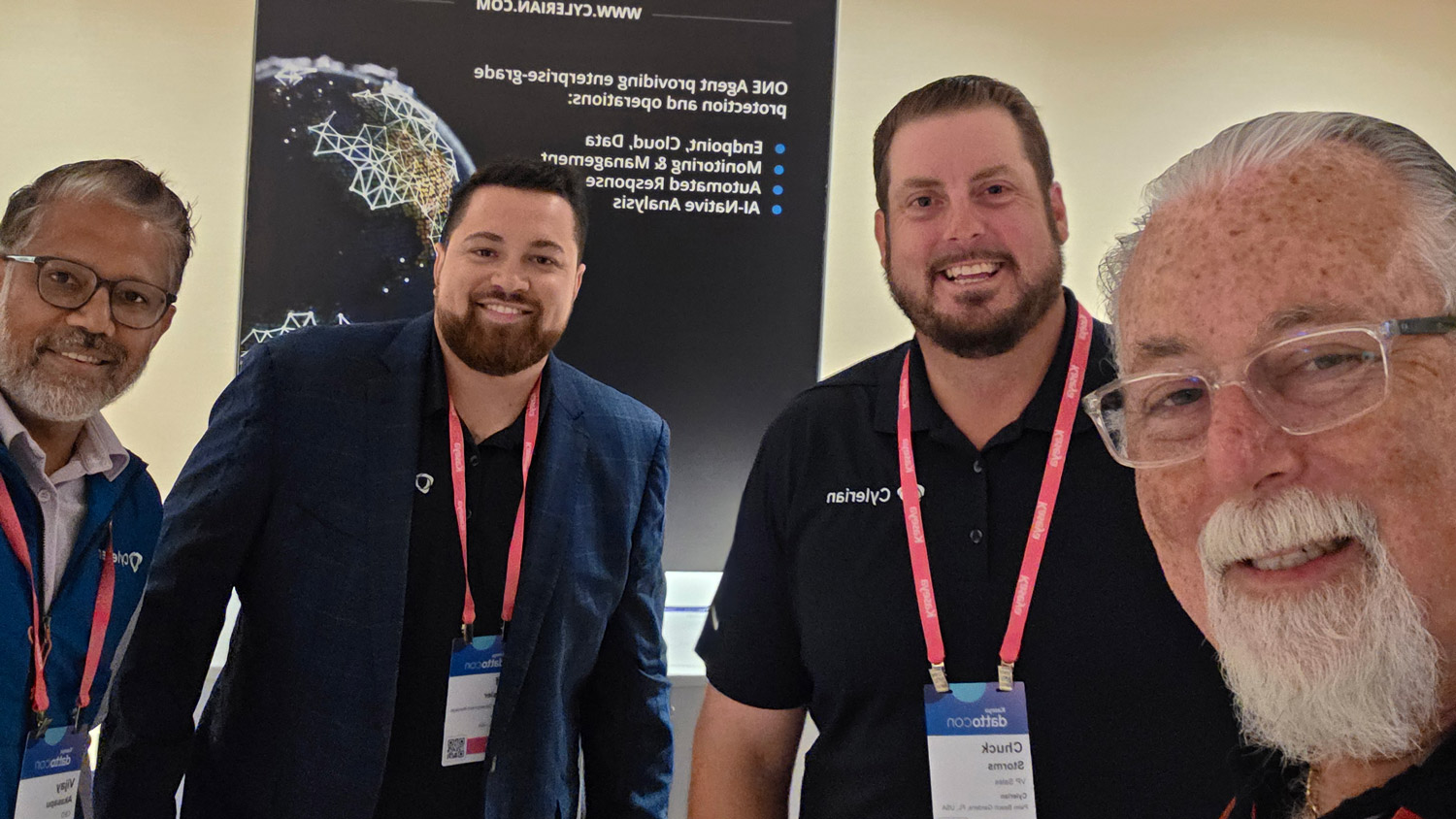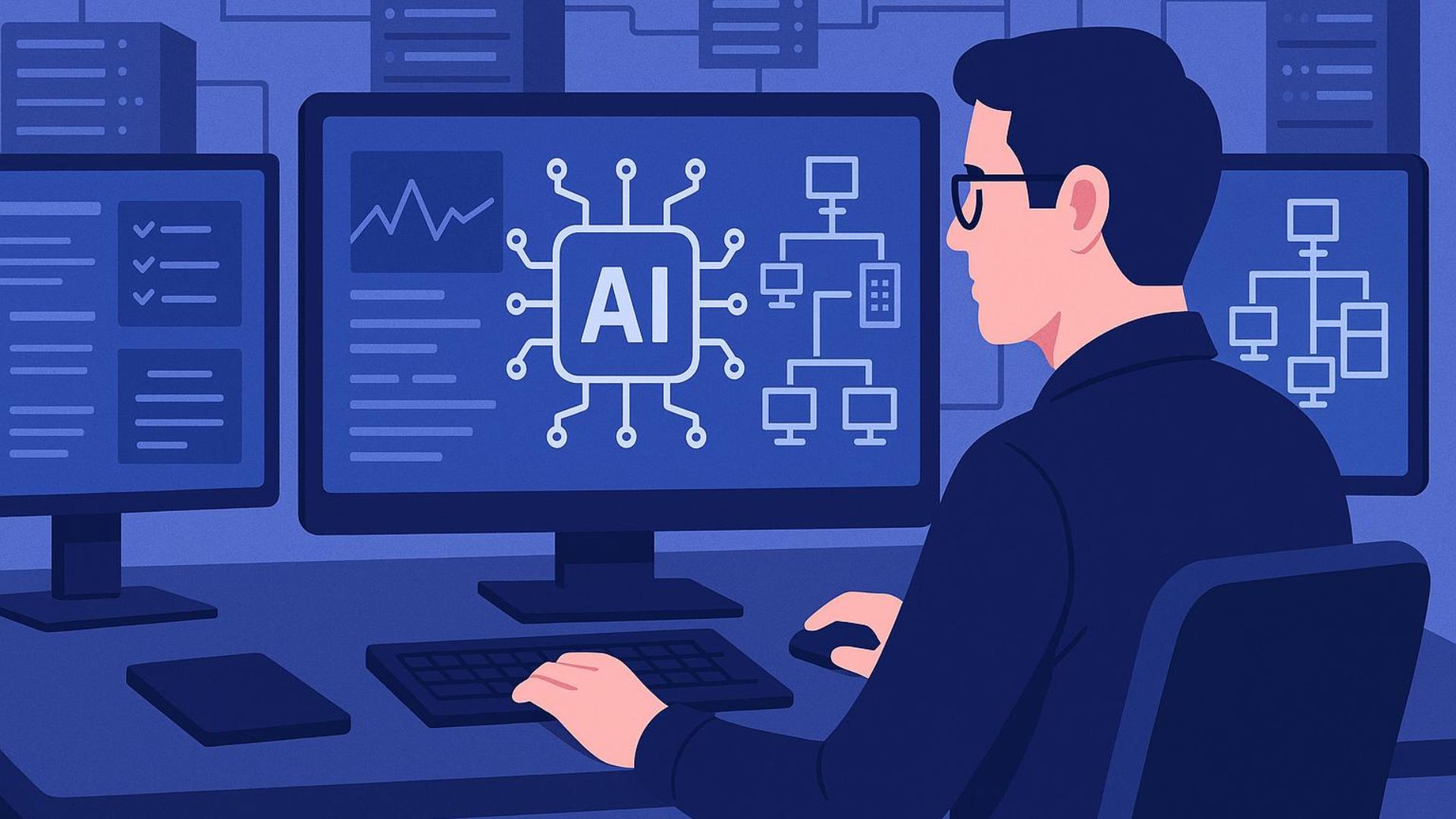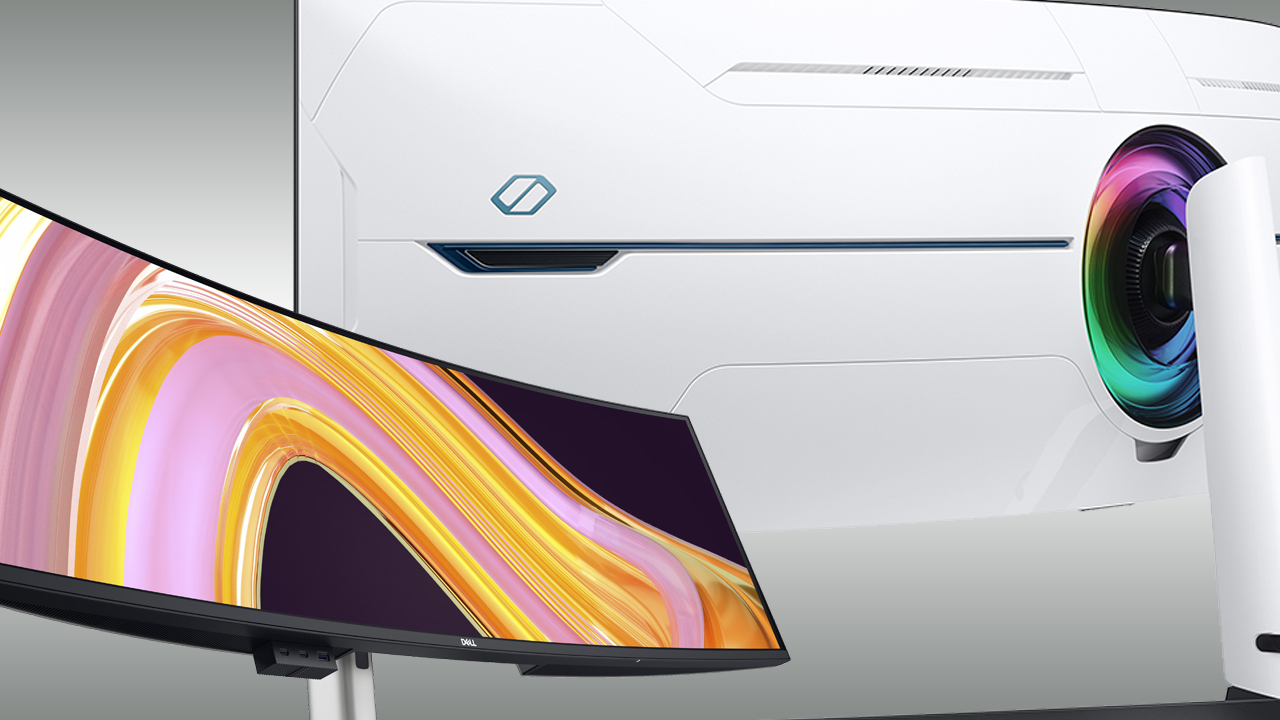SYSTEMS INTEGRATORS typically have plenty of networking experience, but Internet of Things projects add new issues. Where are the endpoints, usually sensors, located? How far apart are they? What power source do they need? If they use batteries, will those batteries last for 10 years or longer? Channel pros need to take all these factors into consideration when implementing an IoT solution.
Lack of standardization also plagues integrators, says Andy Honeycutt, president and chief consulting officer of MeterSYS, a Raleigh, N.C., firm dedicated to advanced metering infrastructure with IoT deployments. “IoT is not plug-and-play,” says Honeycutt. “Most hardware manufacturers do not establish consistent standards for integration of the device data into a usable platform.”
The largest overlap of IoT and IT networks is Wi-Fi. “Wi-Fi is used in a lot of products that don’t need Wi-Fi because vendors assume everyone has a Wi-Fi network,” says Lee Ratliff, senior principal analyst at Omdia. Zigbee, a low-power, wireless mesh network standard, could perform just as well, says Ratliff, but vendors can’t assume clients who pretty much all support Wi-Fi support Zigbee too. “The Wi-Fi Alliance is pushing Wi-Fi 6,” he adds, “but Wi-Fi 4 is plenty good enough for devices such as surveillance cameras and is much cheaper than Wi-Fi 6.”
IoT projects that are contained and limited in scope, such as a restaurant with surveillance cameras, POS software, card readers, and temperature sensors on refrigerators, almost always use Wi-Fi. Conditions are ideal for “traditional” networking, meaning all devices have a power source, many support Ethernet, and are close together. Changing any of those three conditions takes the network into new territory for many integrators.
Here’s a good example: A Canadian property management company required thousands of inexpensive sensors to track air quality, such as C02 and methane, check occupant density for COVID-19 safety, and monitor consumables like bathroom soap dispensers in a pilot building. The structure had 60 stories and needed nearly 400 wired access points for proper Wi-Fi coverage, says Albert Behr, CEO of BehrTech, a wireless IoT connectivity provider in Toronto. The 20-person company, just coming out of development stage, is commercializing the new mioty (MyIoT) standard developed by Fraunhofer-Gesellschaft, the German research organization that created the MP3 compression algorithm and Sirius XM.
“The company didn’t care about the technology, they just needed to network inexpensive sensors,” says Behr. An LPWAN (Low Power WAN) required a gateway every two or three floors because that signal can’t penetrate many walls and ceilings. One BehrTech mioty gateway in the basement supported every sensor in the building, “and a kilometer around it,” says Behr. The difference? Mioty uses the 915 MHz frequency in the unlicensed range in North America, and the lower frequency offers much greater penetration.
Network design forces integrators to choose between high performance and low power usage. “If you’re looking for maximum performance, like with Wi-Fi 6 or 5G, you need constant, easy power, like a laptop or phone that’s recharged every day or two,” Ratliff says.
On the other hand, industrial project planners expect batteries powering IoT devices to last up to 10 years, according to Ratliff. “Most IoT command and control or monitoring devices are very low performance,” he says. Water moisture sensors, for instance, may only send a few bytes per day over the network.
That’s where the “LP” in LPWAN comes in. Popular network options are LoRaWAN (unlicensed spectrum) and Narrowband IoT (NB-IoT), which is licensed. NB-IoT ships in high volume in China, says Ratliff, “thanks to government-backed efforts for smart cities with huge node volume” that are less price sensitive. LoRaWAN devices, which all use chips from a single vendor, Semtech, are also popular in China from grass roots efforts where low cost is important; they have had considerable success in North America and Europe too. LoRaWAN devices offer battery life of 10 years for a single AA battery, making them a good choice for agricultural and industrial applications. Dozens of network providers offer private and public LoRaWAN support nationally, and many support global projects.
A good rule of thumb, says Ratliff, is the lower the performance, the cheaper the device and network.
Image: iStock














